What’s the difference between an air purifier and an ozone generator?
Do air purifiers create ozone?
How can you tell the difference between one that does and one that doesn’t?
Pretty important questions when you’re going in to purchase an air purifier.
Air purifier vs. Ozone generator
The most popular air purifier is a filtering device that works by pulling air through a series of filters that capture particulates out of the air stream.
An ozone generator is a machine that deliberately creates large amounts of ozone to treat a room. It does not filter air but disinfects it through the oxidizing function of 03. Ozone.
“Air purifier” is actually more of a generic term that encompasses all types of air purifiers and air purification technologies.
Some air purifiers use technologies that create ozone as a by-product which makes deciphering between a air purifier and an ozone generator that much more confusing.
It’s this gray area that causes so much confusion.
Air purifiers that do not create ozone.
The most popular air purifiers that do not create ozone are Hepa filter air purifiers.
These units at their most basic work like a fan pulling air through a series of filters which captures the pollution from of the air.
The reason these work so well is because HEPA filters can capture particulates as small as .03 microns which would include typical household allergens like pollen and pet dander.
The other filters included in the package are a pre-filter which are for capturing larger debris like hair and trash and the second other type of filter is made from activated carbon which works more like a sponge that absorbs pollutants like gases and odors.
They create absolutely zero ozone.
and they top the list of safe air purifiers.
 A second type of air cleaner creates zero ozone is an “Air Washer”.
A second type of air cleaner creates zero ozone is an “Air Washer”.
This kind of air purifier uses water to wash the air. The ideal is water is drawn into the machine where it is scrubbed, then released out the other side clean.
The advantage these have over HEPA air cleaners is that they do not require any type of filter replacement ever.
Air washers create residual humidity and also come as air purifier- humidifier hybrids.
Their main disadvantage is that they do add humidity to the air which is not something you necessarily need all year long. Especially in the hot muggy summer months.
Air purifiers that do create ozone as a byproduct.
Ionizers are air cleaners that even though they do not use ozone specifically to clean the air, they do create residual ozone as a by-product.
A lot of people would stop you right there and ask why would you even bother using them then since ozone is unsafe to breathe?
One reason ionizers are popular is that they are completely filterless so it cuts out the need for replacement filters.
But more importantly than that, they can do something that other purifiers just can’t.
They actually disinfect and destroy the bacteria in the air where as a filter can only capture it.
When it comes to pollutants like viruses and bacteria, ionizers, and even more specifically PCO ionizers and plasma clustering ionizers have a markable advantage over Hepa.
But there are other downsides do ionizers besides residual ozone, namely that they leave the surfaces in the room extra dusty.
That’s because they work by polarizing the air, which causes the negative and positive particles in the air to combine.
After they combine and clump together, they become too heavy to float and fall to the surface.
“Surface” can also mean the wall around the air purifier.
 Are ionizers safe?
Are ionizers safe?
Ionizer Air Purifier Side Effects
Most ionizers do not create enough ozone to be dangerous but “most” is not good enough.
One of the problems according to the EPA is that even though an ionizer that creates a specific amount of ozone may be safe in one sized area, the same ionizer may create much too much ozone in a smaller area.
The problem is that even though the amount of ozone being created is much lower than an actual ozone generator, they are still technically ozone generators because they do generate ozone.
What’s the solution?
The easiest solution is to change the way an ionizer is used compared to a filtering purifier.
Let me put it this way.
When a professional operates an ozone generator, he or she has to abide by a couple of strict rules.
1. The ozone machine cannot be operated in an occupied room. Regardless if it’s a person, a pet, or even plants
2. the second rule is that the room has to have plenty of time to air out before it is used again.
Should ionizers be used the same way that ozone generators are used?
It’s not a bad idea.
If you change your approach to ionizers from being a domestic alternative to Hepa air purifiers,
to a machine that is intentionally meant to treat the air and not be operated around people,
The problem would be solved.
You could enjoy the benefits of ionic ozone creating air purifiers without ever experiencing any negative side effects from breathing ozone.
But there are some instances when an air purifier is not going to be able to rid an area of strong odors or high concentrations of mold and bacteria.
This is when the big guns have to be called in.
Ozone generator.
Ozone generators can virtually eliminate any airborne contaminant and attack and remove the source of strong lingering odors.
Ozonators are usually operated by professionals to completely remove the smell of third-hand smoke from a house or vehicle. What does ozone smell like?
Since tobacco smoke has a sticky residue , he can be very hard to get rid of.
And ozone generator can create large amounts of highly reactive oxidants that follow the path of cigarette smoke and destroy it and the residue keeping it glued inside of the room.
But unlike an air purifier, it is not ever operating in the company of people or animals. Many professionals remove plants from the area before using the generator also.
Letting the room air completely out is also very important after using an ozone generator.
30 minutes is the minimum but you want to wait before reusing a room treated with ozone.
But it doesn’t hurt to err on the safe side and give it more like a couple of hours.


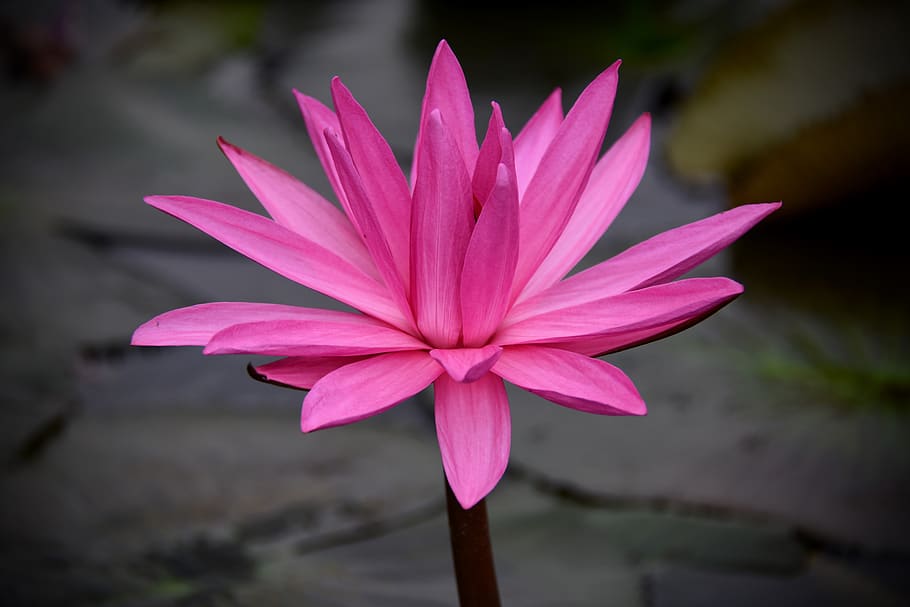 Are ionizers safe?
Are ionizers safe?
 Honestly my cats don’t
Honestly my cats don’t 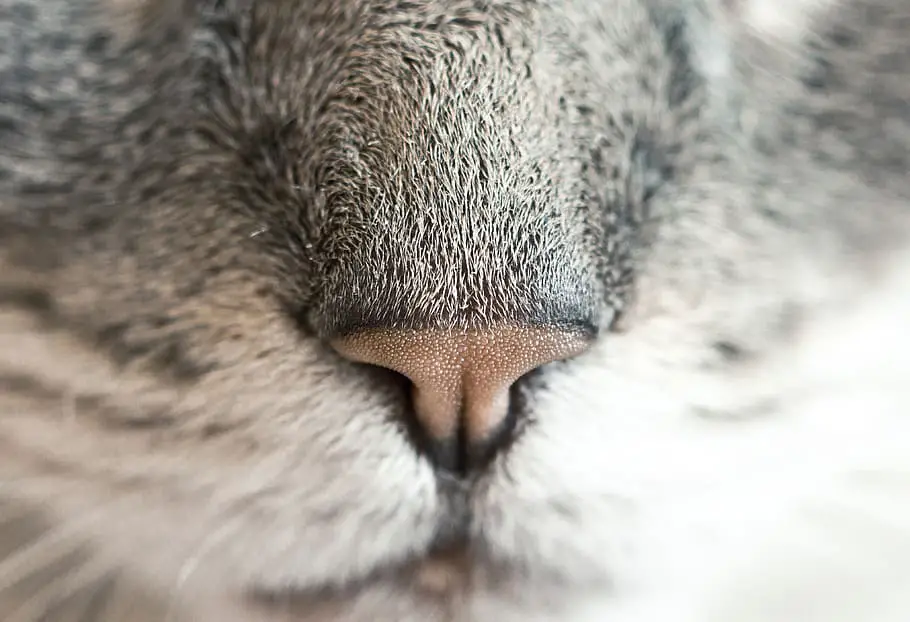 Conclusion
Conclusion
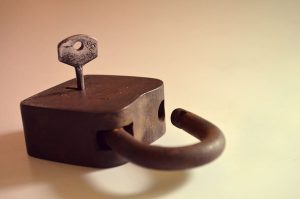 But..
But..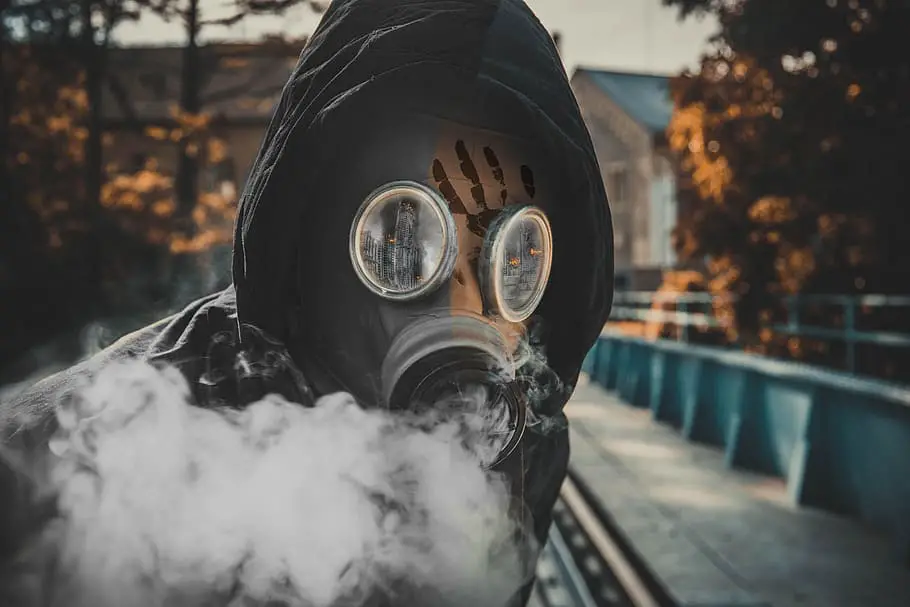
 Conclusion
Conclusion
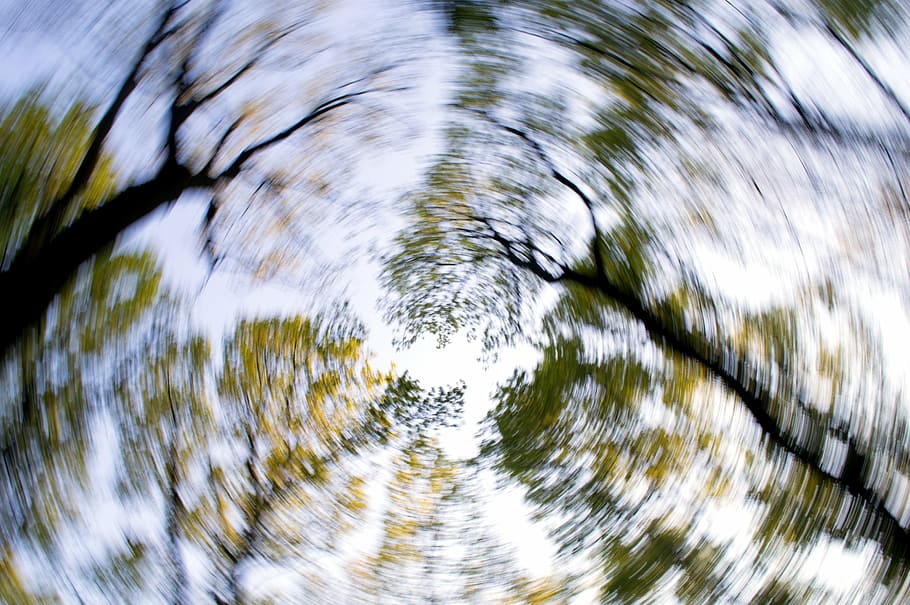 Humidity air purifier?
Humidity air purifier? Conclusion
Conclusion
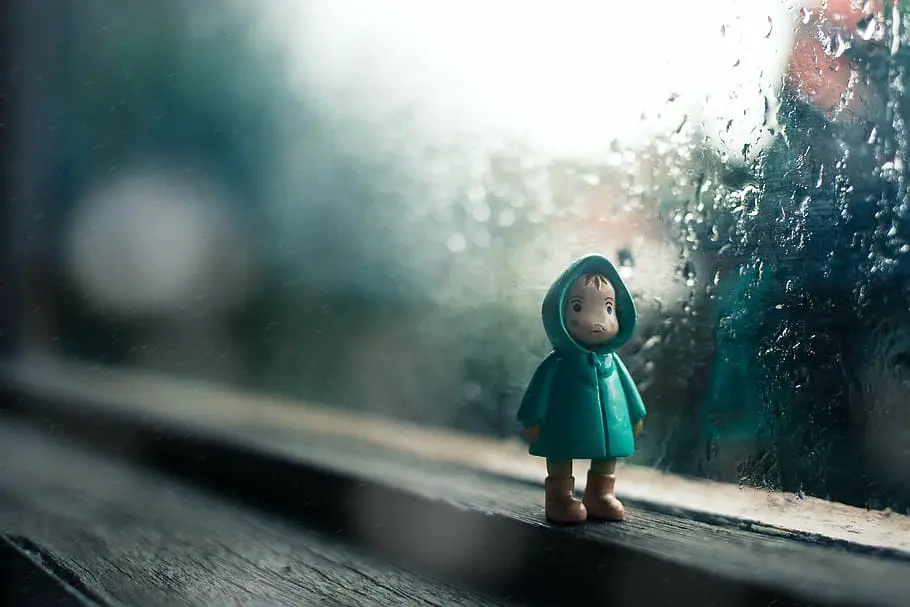 ?
?
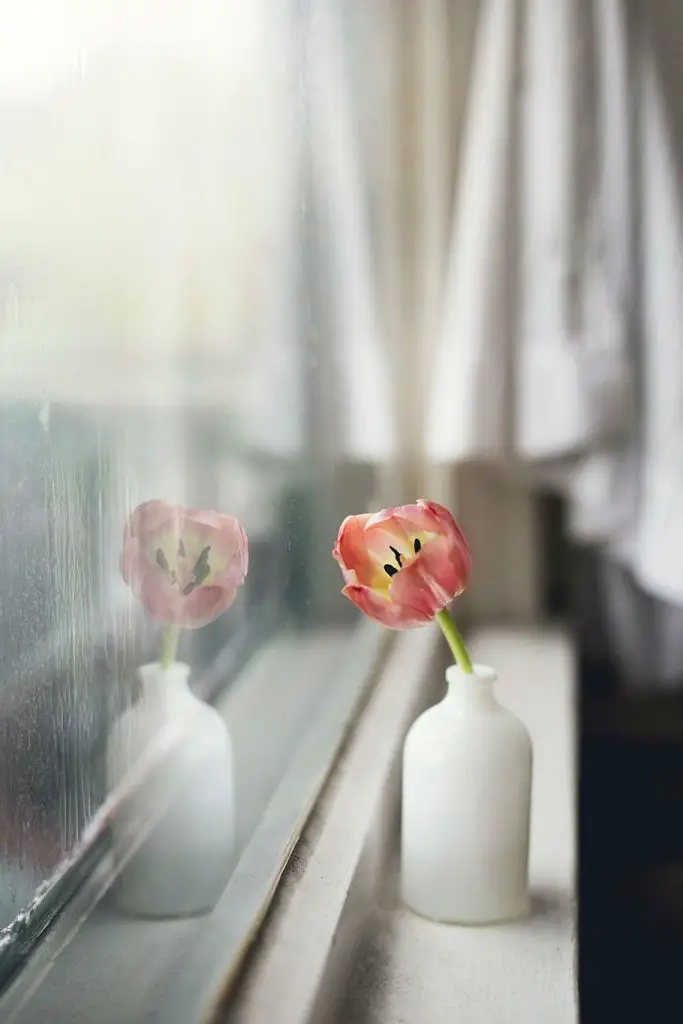 Place air purifier high or low?
Place air purifier high or low?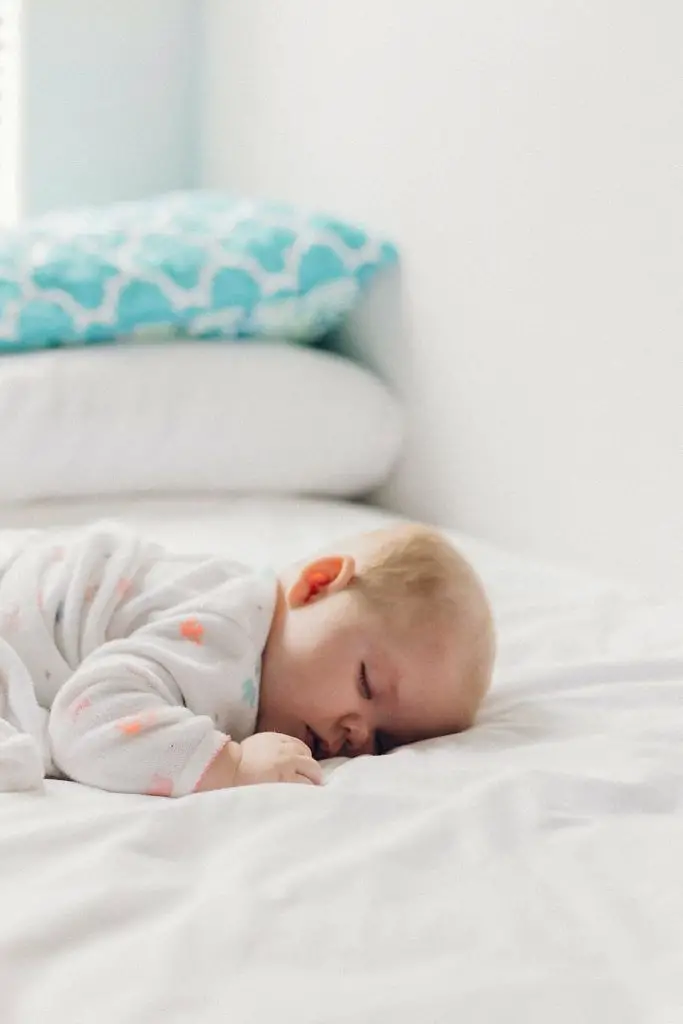 Summary
Summary
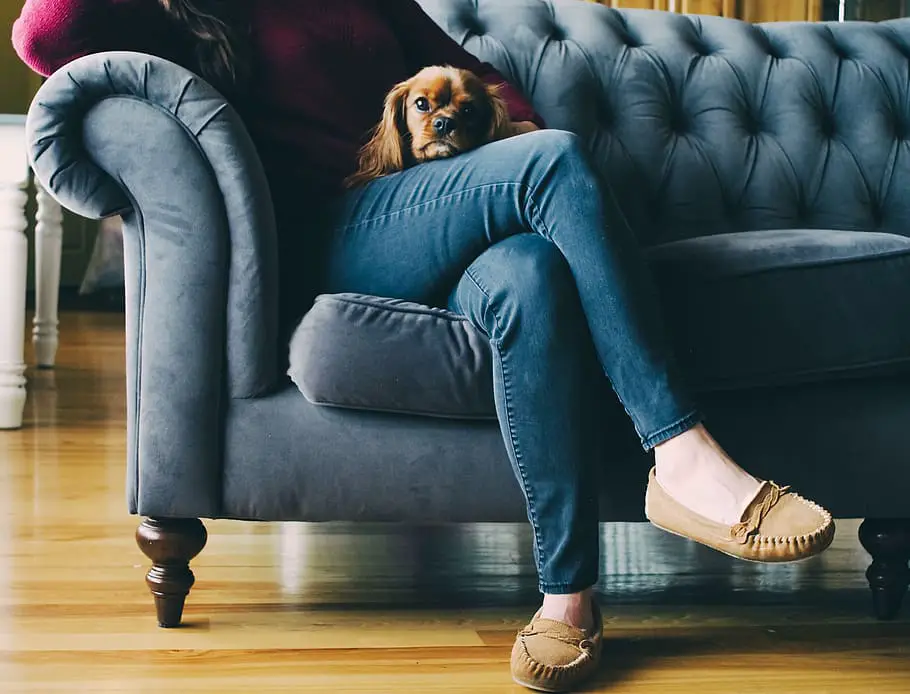 The exact same with air purifiers.
The exact same with air purifiers. Will a small air purifier work in a large room?
Will a small air purifier work in a large room?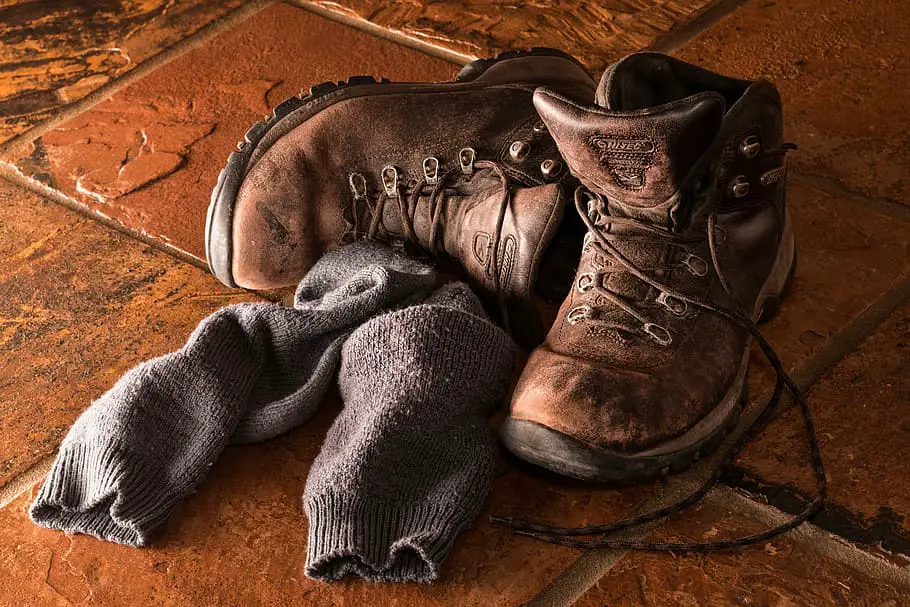 How many air purifiers do you need in your house?
How many air purifiers do you need in your house?
 Should you put your air purifier on the floor?
Should you put your air purifier on the floor? Should I keep on air purifier on the nightstand next to the bed?
Should I keep on air purifier on the nightstand next to the bed?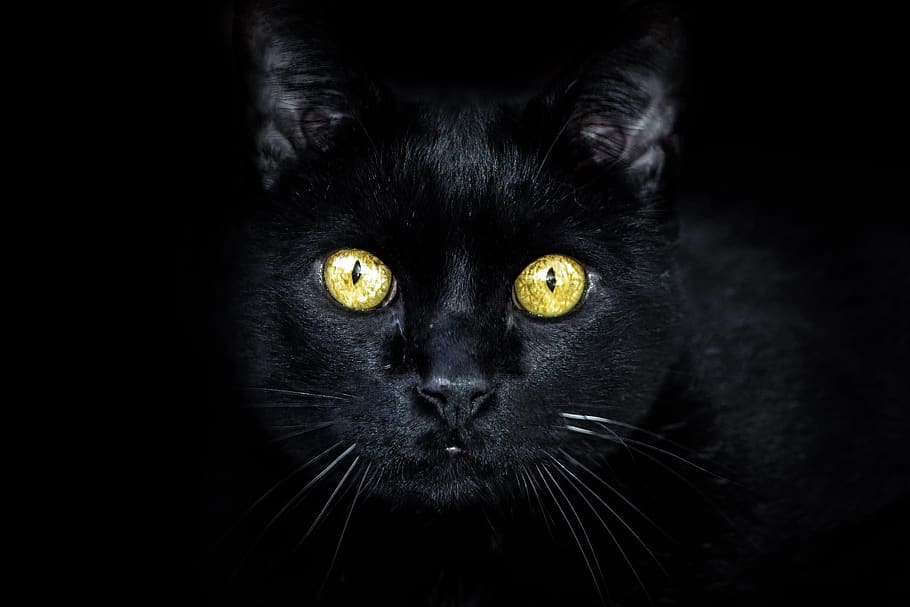 Summary
Summary
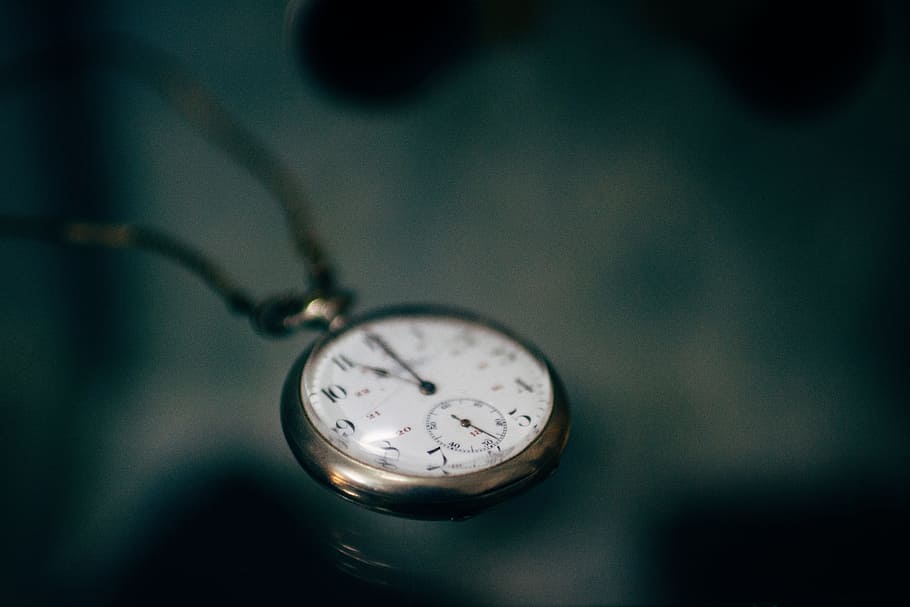 Is it safe to run an air purifier all the time?
Is it safe to run an air purifier all the time?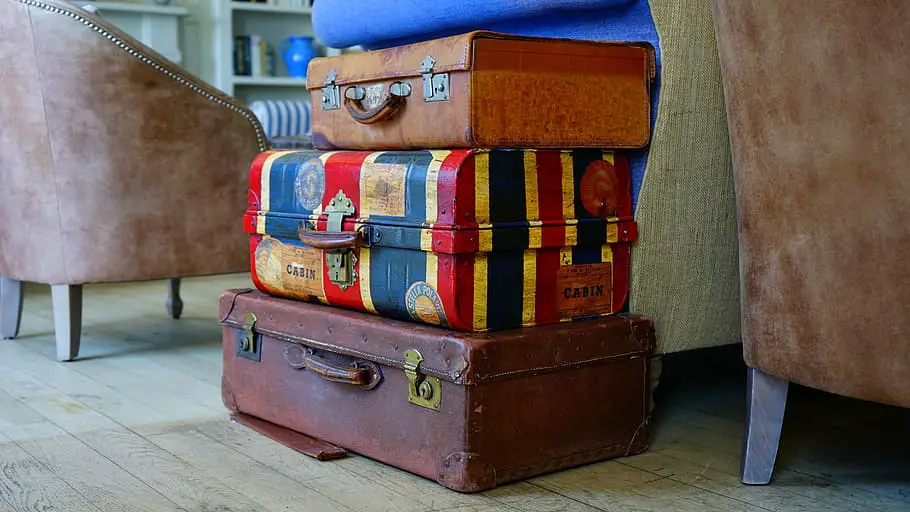 Should I leave my air purifier on when I’m not home?
Should I leave my air purifier on when I’m not home?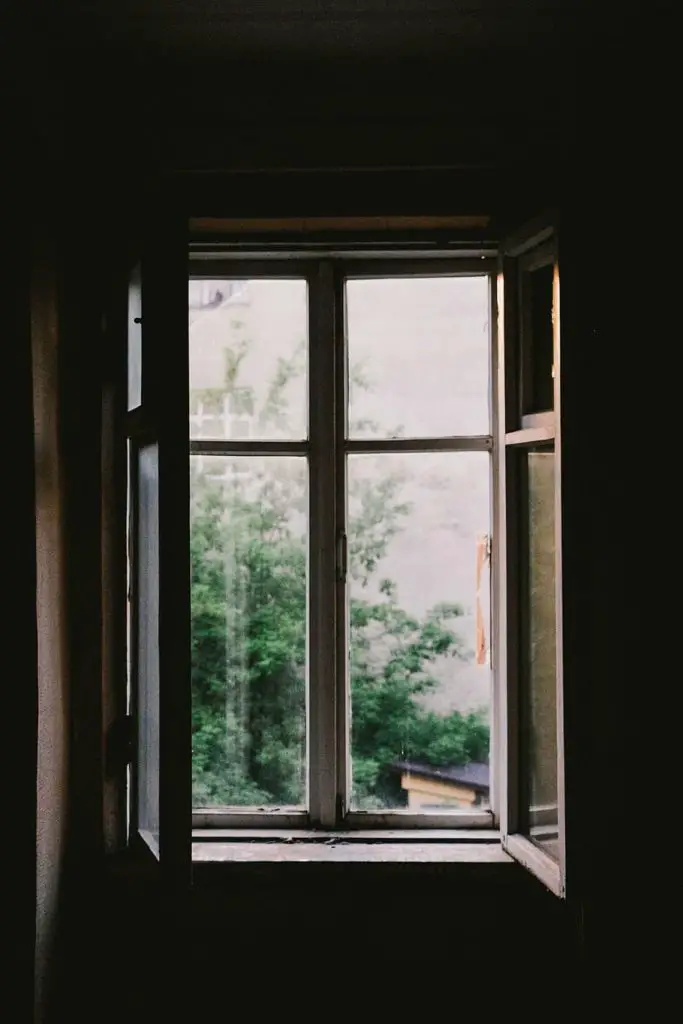 Summary.
Summary.
 Do I need an air purifier if I have AC?
Do I need an air purifier if I have AC? Air conditioner with air purifier?
Air conditioner with air purifier?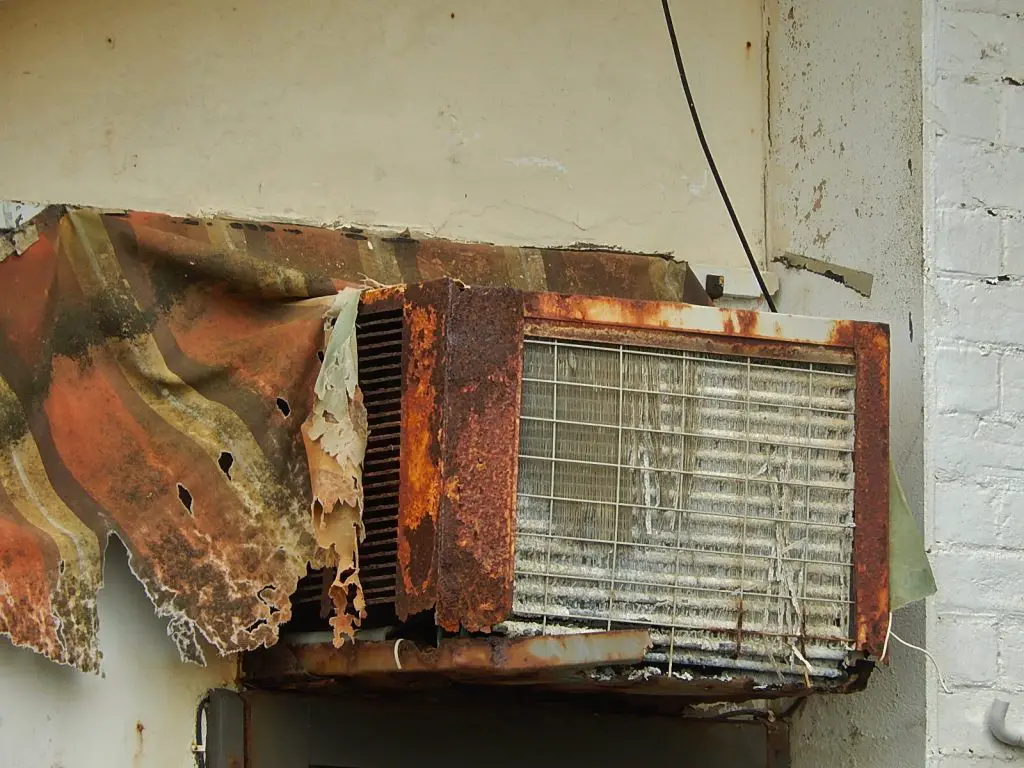 Summary.
Summary.